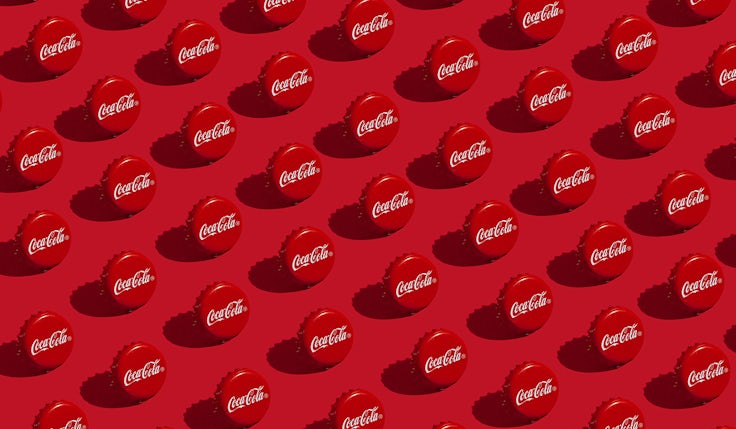How Chessington World of Adventures used humour to win the attention battle
The newspaper ad engaged readers with an effective combination of headline, image and copy, according to Kantar’s The Works study.

Chessington World of Adventures might not be a brand marketers might typically look to for examples of effective advertising but a newspaper ad from earlier this year has been identified as an example of best practice in use of humour and in its distinctiveness, allowing it to grab and keep consumers’ attention.
The latest edition of The Works study from Kantar features an analysis of Chessington World of Adventures’ ‘Sorry Surrey’ magazine ad, which it used to inform consumers it was opening a new attraction called Jumanji World.
Produced in association with Marketing Week and the Advertising Association’s Trust Working Group, each month the study assesses effectiveness by asking 750 consumers what they think of five top ads, 150 consumers per advert, from one media channel, in this case news brands. The study also tracks the facial expressions and eye movements of those viewing the ads.
The ad is testament to the impact a headline can have in capturing reader attention as well as showing how important it is to employ humour to convey key messages and engage with your audience, according to Kantar UK’s head of creative excellence, Lynne Deason.
Legoland creates most effective TV ad of April The ad lands in the top 2% of static ads and is also in the top 6% of distinctive ads. For its ability to make people stop and look, it reaches the top 20% of all ads looking to achieve this. Readers are in control when viewing a magazine ad, says Kantar, so it’s critical to grab attention quickly, in this case, by using creativity and humour.
Brands can run the risk of boring readers with text-laden ads though. In Chessington’s case, its use of humour limits this yawn factor – and one in four people feel the ad is “very interesting”, compared with an average of one in seven.
“The attention-grabbing and eye-catching power of the ad dominates what people like about it, but they also appreciate the animals, the humour and the colours used. We can really see this brought to life with how people describe what they like about it in their own words,” says Deason.
Feedback from the consumers surveyed included: “Eye-catching, it draws attention to the idea of the fun that people will have at the theme park with the new rides being introduced.” Another thought the competition “engages people” and praised its “distinctive graphics”.
The ad didn’t land with all readers, however, as the sheer amount of text was considered “off putting” to some. A heat map of where readers looked, though, shows most read the text at the top and looked at the images at the bottom, where the key information is.
How contrasting print ads from Cartier and Yeo Valley grabbed consumer attentionAccording to Kantar metrics, as the information in the ad is new, it landed in the top 10% of new ads for the month, and was also considered to be “very relevant and credible”, landing in the top third of both measures. It falls just below the top 20% of all UK ads for its persuasive power.
“The most important message – about the opening of Jumanji World – appears very early in the apology letter. Whilst there is evidence that some are confused, the ads power potential to put this message across makes up for it,” says Deason.
She believes the ad will help Chessington World of Adventures in the long-term to “cut through the clutter” and show that Chessington “meets their needs” in a way which is “different from others”.
Deason adds that while the ad’s branding could be stronger, “this doesn’t hold the ad back from being effective, but would strengthen its market impact if it were more intuitive and integral to the ad.”







